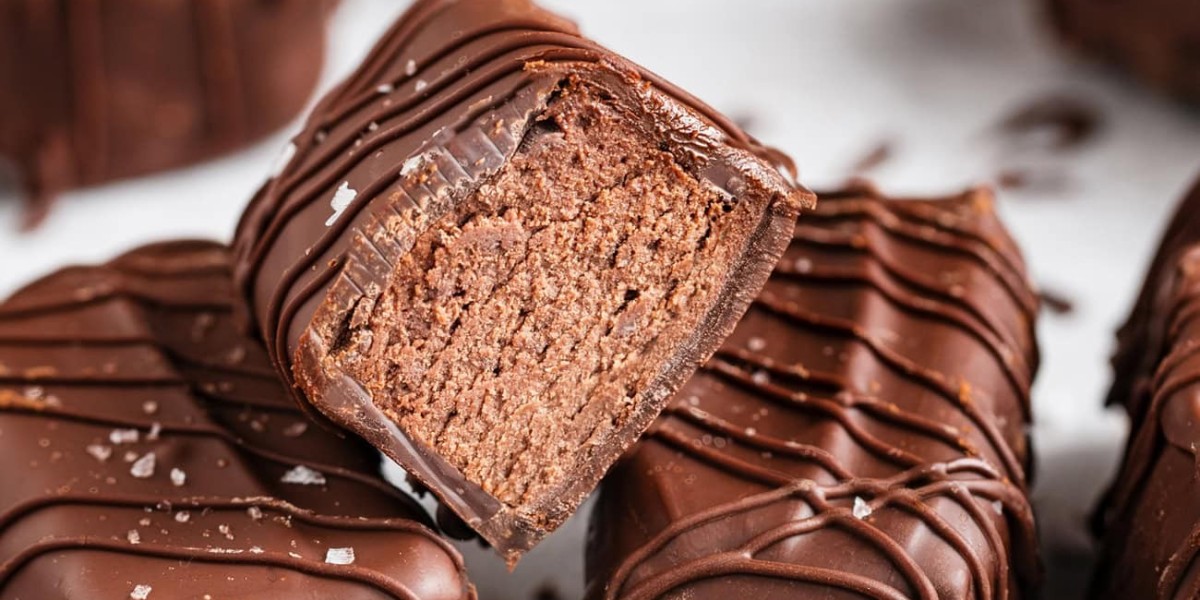Introduction
There’s hardly anyone who doesn’t love chocolate — the rich, creamy treat that has delighted taste buds for centuries. From luxurious dark bars to smooth milk varieties, chocolate is not just a dessert; it’s a symbol of love, comfort, and celebration. Beyond its irresistible taste, chocolate has an interesting history, surprising health benefits, and an important role in global culture. In this article, we’ll explore the origins, production process, health aspects, and the ever-evolving world of chocolate in today’s society.
1. A Brief History of Chocolate
The story of chocolate begins over 3,000 years ago in Central and South America. The ancient Maya and Aztec civilizations were among the first to cultivate cacao trees and prepare chocolate in the form of a bitter beverage called “xocolatl.” Unlike the sweet chocolate we enjoy today, their version was mixed with spices and used in rituals, royal ceremonies, and even as currency.When Spanish explorers brought cacao beans to Europe in the 16th century, chocolate quickly gained popularity among the aristocracy. By adding sugar and milk, Europeans transformed the bitter drink into a sweet indulgence. Over time, chocolate evolved from a drink to solid bars and candies — especially after the invention of the chocolate press in the 19th century. Today, it’s a global industry worth billions, loved by people of all ages.
2. How Chocolate is Made
Creating chocolate is an art that combines nature, science, and craftsmanship. The process begins with cacao beans, which are harvested from the pods of the cacao tree. Here’s how these beans turn into the chocolate we know and love:
a. Harvesting and Fermentation
Cacao pods are carefully cut open, and the beans are extracted and left to ferment for several days. This process develops the beans’ rich flavor and aroma.
b. Drying and Roasting
After fermentation, the beans are dried under the sun and then roasted to bring out their characteristic chocolate flavor. The roasting process varies depending on the type of chocolate desired.
c. Grinding and Conching
The roasted beans are ground into a thick paste known as cocoa liquor, which contains both cocoa solids and cocoa butter. This mixture is refined and conched — a process that smooths the texture and enhances the flavor.
d. Tempering and Molding
Finally, the chocolate is tempered (carefully cooled and reheated) to achieve a glossy finish and perfect snap. It’s then molded into bars, truffles, or other delightful shapes ready for packaging and consumption.
3. Types of Chocolate
Chocolate comes in many varieties, each offering a unique taste and texture. The three main types are:
a. Dark Chocolate
Rich in cocoa and low in sugar, dark chocolate is loved for its deep flavor and health benefits. It contains antioxidants that support heart health and improve mood.
b. Milk Chocolate
Milk chocolate blends cocoa, milk powder, and sugar for a sweet and creamy taste. It’s the most popular type globally and a favorite in confectionery products.
c. White Chocolate
Although technically not “true” chocolate (since it lacks cocoa solids), white chocolate is made from cocoa butter, sugar, and milk, giving it a smooth and buttery flavor.Other popular types include ruby chocolate (a pink-hued, fruity variety) and vegan chocolate, made with plant-based ingredients.
For more information visit to chocolate bar
4. Health Benefits of Chocolate
While chocolate is often seen as a guilty pleasure, when consumed in moderation — especially dark chocolate — it offers several health benefits:
a. Rich in Antioxidants
Dark chocolate is packed with flavonoids and antioxidants that protect the body from free radicals, reducing the risk of chronic diseases.
b. Supports Heart Health
Studies show that moderate chocolate consumption can lower blood pressure, improve blood flow, and reduce the risk of heart disease.
c. Boosts Mood and Brain Function
Chocolate stimulates the production of serotonin and endorphins — the “feel-good” chemicals that improve mood and relieve stress.
d. Provides Essential Nutrients
Quality chocolate contains iron, magnesium, and zinc — essential minerals that contribute to overall wellness.However, not all chocolate is created equal. The healthiest options are those with a high cocoa content (70% or more) and minimal added sugar.
5. Chocolate in Modern Culture
Chocolate has become a universal symbol of affection and happiness. It’s present in nearly every celebration — from Valentine’s Day and birthdays to weddings and festive holidays. Luxury brands have turned chocolate-making into an art form, producing gourmet collections infused with exotic ingredients like sea salt, chili, and orange zest.In addition, chocolate has found its place in beverages (like hot cocoa and mochas), pastries, and even skincare products. The rise of ethical and sustainable chocolate is another modern trend, with more consumers choosing fair-trade products that support responsible farming and environmental protection.
6. The Future of Chocolate
As technology and consumer preferences evolve, the chocolate industry is becoming more innovative. Companies are experimenting with sugar-free, vegan, and organic chocolates that cater to health-conscious buyers. There’s also growing awareness of ethical sourcing, ensuring farmers receive fair wages and work under sustainable conditions.Moreover, researchers are exploring ways to reduce chocolate’s carbon footprint and create eco-friendly packaging — combining indulgence with responsibility.
Conclusion
From its ancient origins in the jungles of Central America to its modern-day role as a global favorite, chocolate continues to captivate hearts and taste buds. It’s more than just a sweet treat — it’s a story of culture, craftsmanship, and comfort. Whether you enjoy a simple chocolate bar, a rich truffle, or a warm cup of cocoa, every bite connects you to centuries of tradition and innovation.
In moderation, chocolate is not just delicious — it’s good for the soul and, sometimes, even the body. So, the next time you savor a piece of chocolate, remember that you’re indulging in one of the world’s most beloved creations.
For related articles visit here







